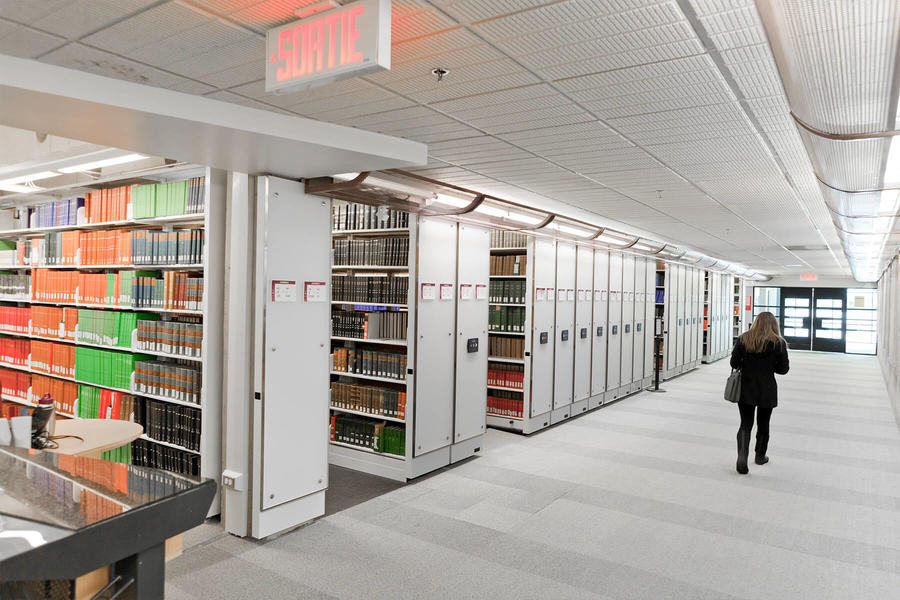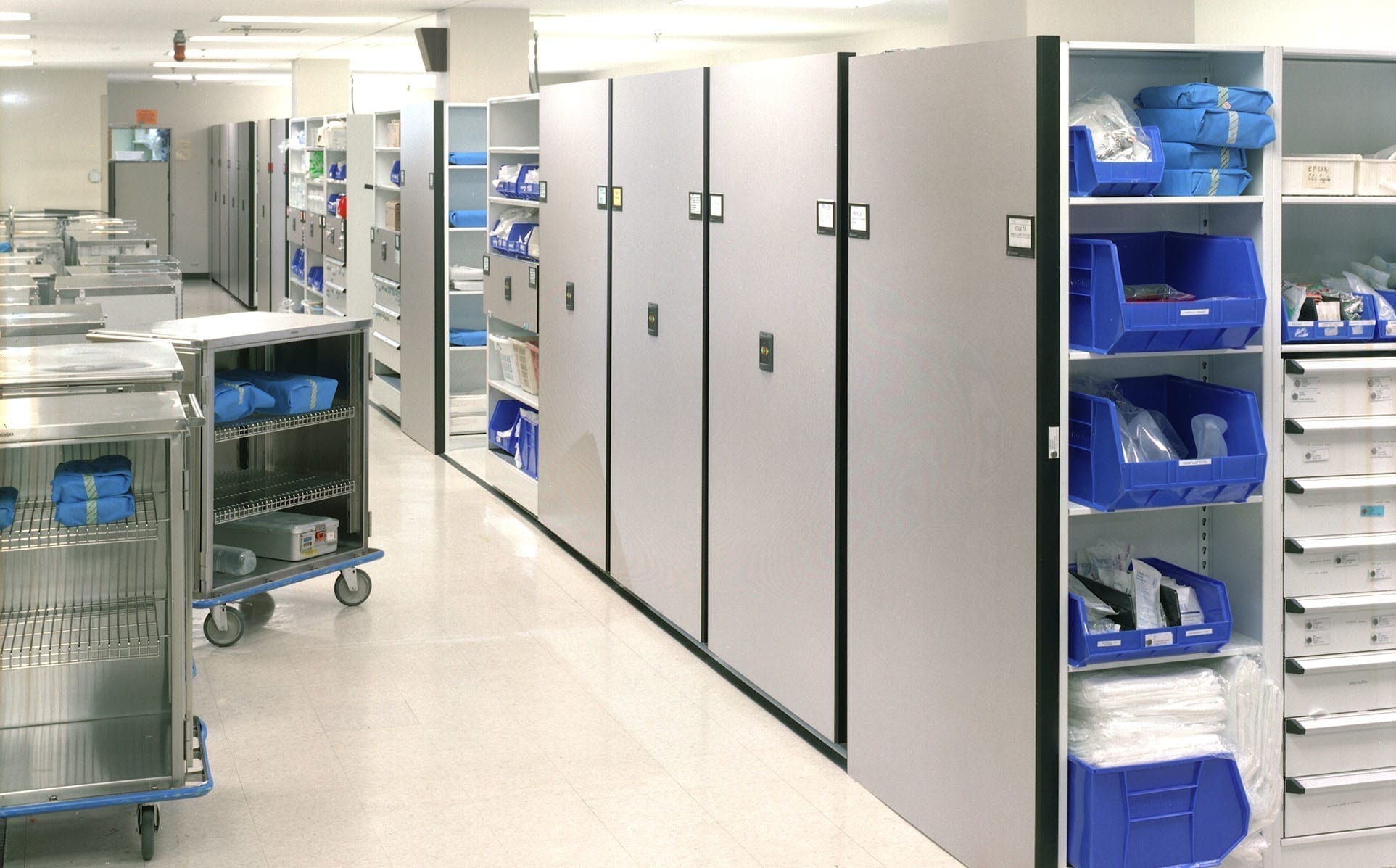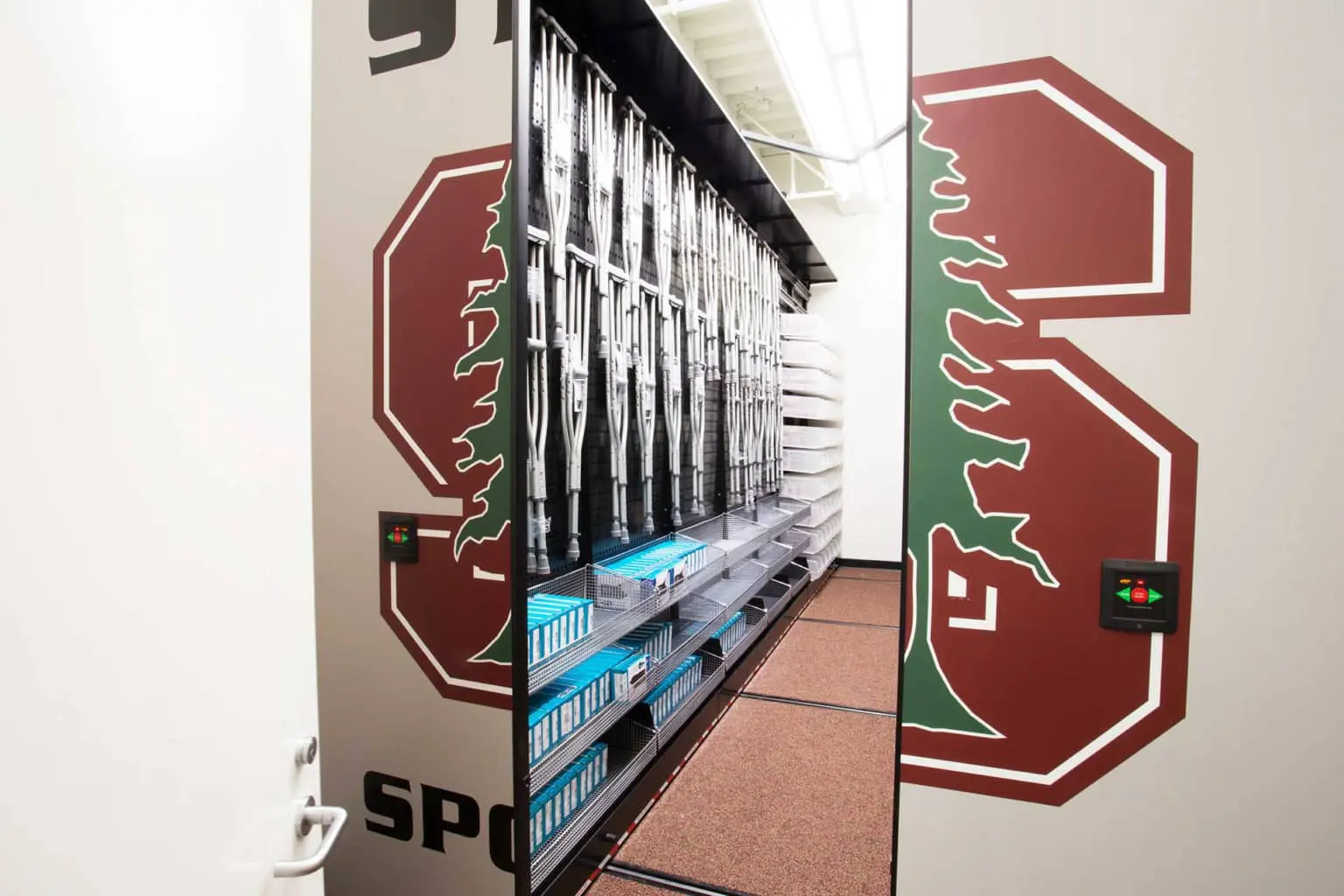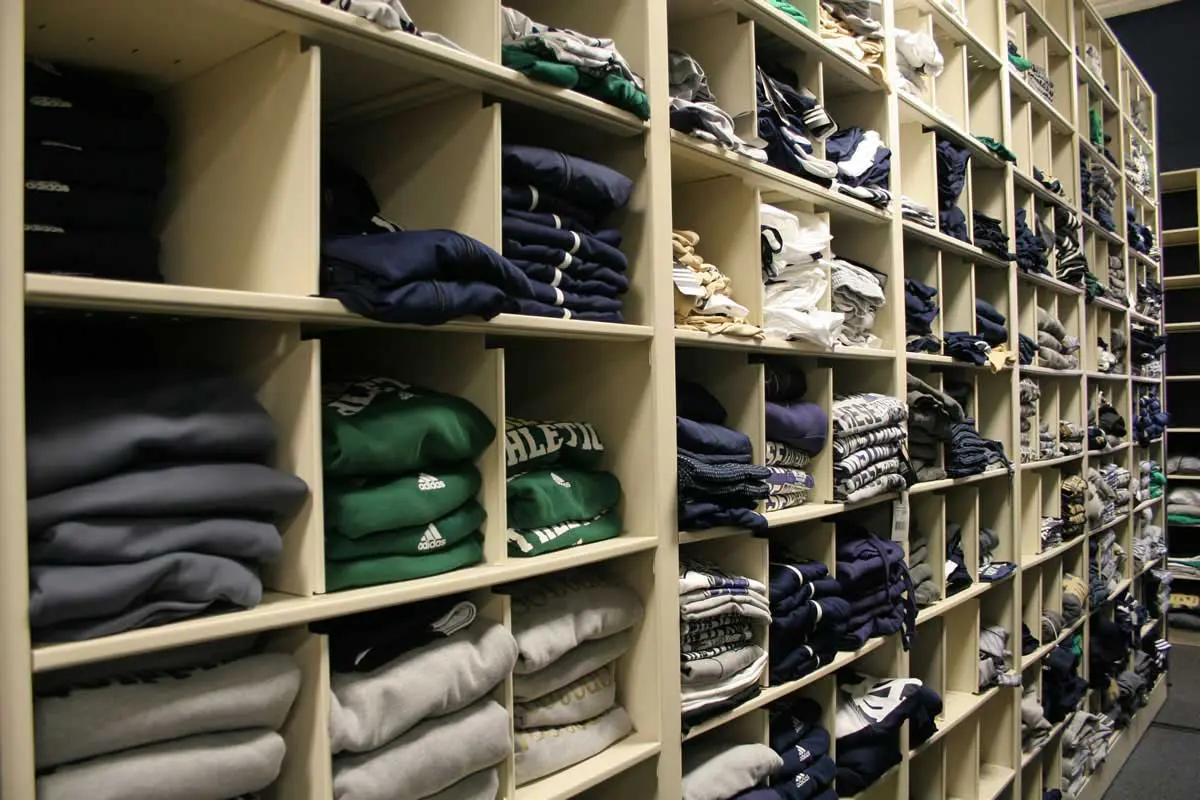
Innovative Shelving Solutions for Modern University Libraries
Introduction
Introduction
Modern university libraries serve as dynamic learning hubs, catering to diverse needs and fostering collaborative environments. Innovative shelving solutions play a pivotal role in reshaping these spaces, optimizing organization, accessibility, and user engagement. This blog explores creative strategies that are transforming university libraries into interactive, efficient, and visually captivating centers of learning.
Maximizing Space Utilization with Innovative Shelving
In the face of limited physical space, innovative shelving solutions have emerged as saviors for modern university libraries. Vertical space, alcoves, and unconventional corners are all being maximized to their full potential. Floating shelves, compact rolling stacks, and modular shelving units enable libraries to efficiently store and organize an ever-growing collection while creating a more open and welcoming ambiance for users.
Merging Physical and Digital: Interactive Shelving for Digital Resources
The integration of digital resources within physical shelving environments has given rise to interactive shelving. These cutting-edge solutions blend the tangible nature of print materials with the dynamic capabilities of technology. Touchscreen interfaces, interactive displays, and even augmented reality features allow students to seamlessly navigate through physical and digital resources, enhancing the learning experience.
Collaborative Learning Environments: Modular Shelving Configurations
The modern university library is no longer a hushed sanctuary but a hub for collaboration and interactive learning. Modular shelving configurations, designed with flexibility in mind, facilitate the creation of adaptable spaces. These layouts support group discussions, workshops, and team projects. By easily rearranging shelving units, libraries can cater to evolving educational needs while fostering engagement and innovation.
Showcasing Collections: Display Shelving with Impact
Display shelving isn’t just about storage; it’s a tool for engaging users and showcasing a university’s unique collections. Illuminated shelves, rotating displays, and thematic exhibits transform libraries into captivating galleries. With carefully designed shelving, rare manuscripts, artifacts, and special collections become accessible treasures that inspire curiosity and deepen students’ connection to their institution’s history.
Accessibility and Inclusivity: Universal Design in Shelving
The heart of a modern university library lies in its ability to serve all students, including those with diverse learning needs. Universal design principles have extended to shelving solutions, ensuring that all users can access materials independently. Adjustable shelving heights, clear signage, and user-friendly features cater to various abilities, making the library a truly inclusive space.
Sustainable Shelving Practices for Modern Libraries
Sustainability is a growing concern in all aspects of modern living, and libraries are no exception. Innovative shelving designs are embracing eco-friendly materials and practices. From using renewable materials to implementing energy-efficient lighting within shelving units, sustainable solutions not only support environmental goals but also set an example for responsible design and resource utilization.
FAQs
Why are shelving strategies important for university libraries?
Effective shelving strategies are crucial for university libraries to optimize space, enhance accessibility, and improve the overall user experience. A well-organized shelving system ensures that library resources are easily located, leading to increased efficiency for both staff and patrons.
What challenges can arise from poor shelving arrangements?
Poor shelving arrangements can lead to several challenges, such as difficulty in finding materials, wasted time for users searching for items, decreased library usage, and potential damage to resources due to improper storage. Additionally, inadequate shelving can limit the library’s capacity to accommodate new acquisitions.
How can university libraries determine the right shelving strategy for their collections?
Libraries should assess their collections, user needs, and available space to determine the appropriate shelving strategy. Conducting regular usage studies, considering growth projections, and seeking input from both library staff and users can help in selecting shelving systems that align with the library’s goals.
How can technology complement shelving strategies?
Modern library management systems can integrate with shelving strategies through RFID tagging, automated inventory tracking, and digital catalogs. This technology enhances resource management, reduces human error, and provides real-time information on item availability.
What role does signage play in effective shelving strategies?
Clear and consistent signage is vital in guiding users to the right sections and resources. Proper signage minimizes confusion, helps users navigate the library efficiently, and contributes to a positive user experience.



